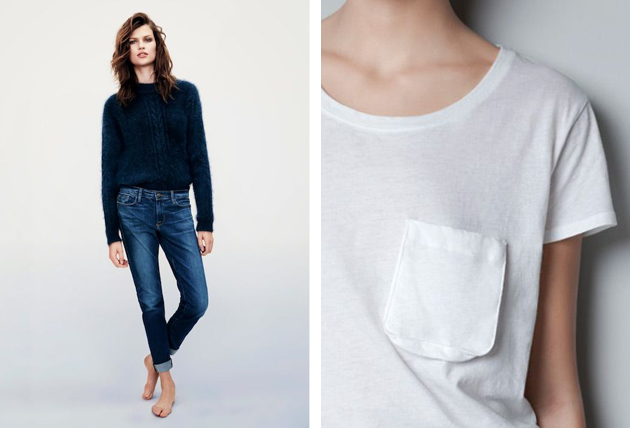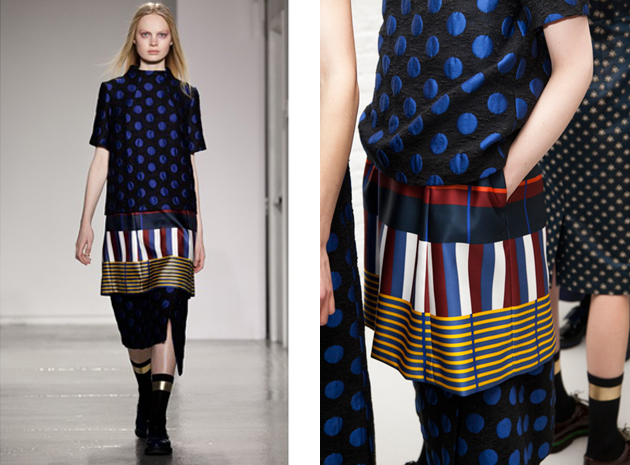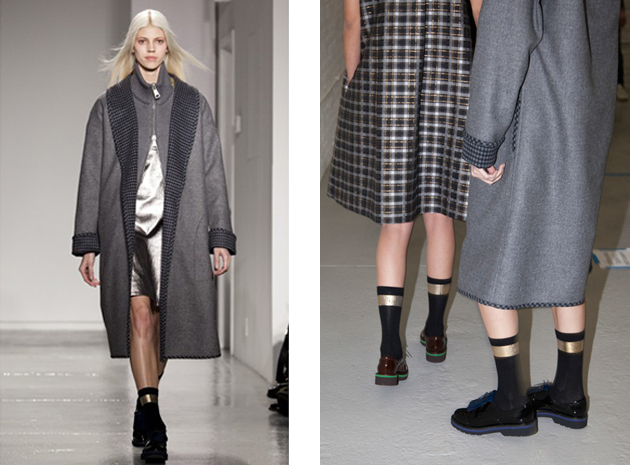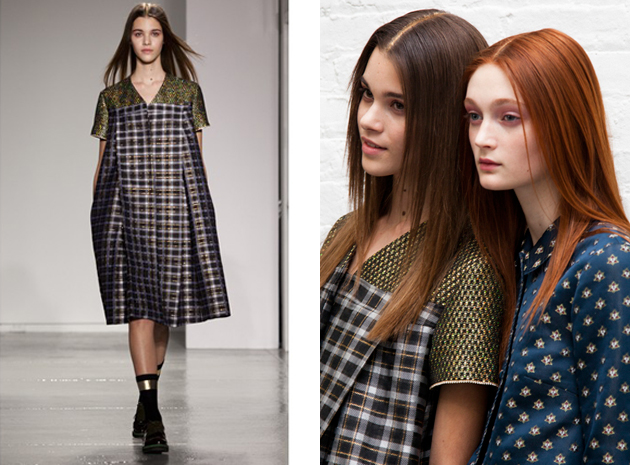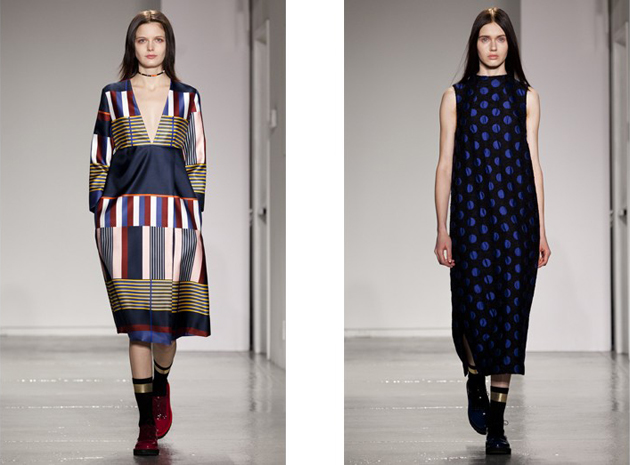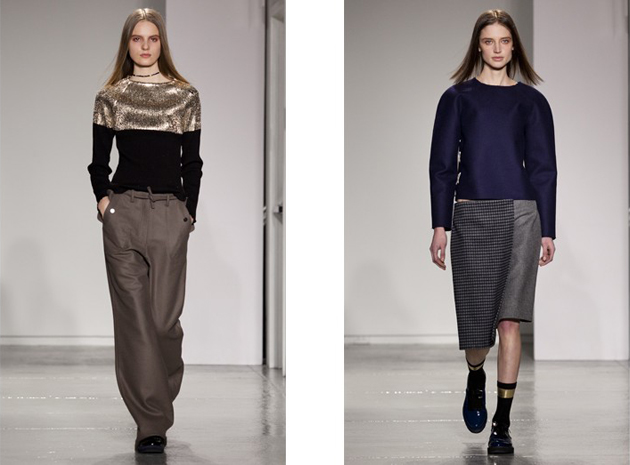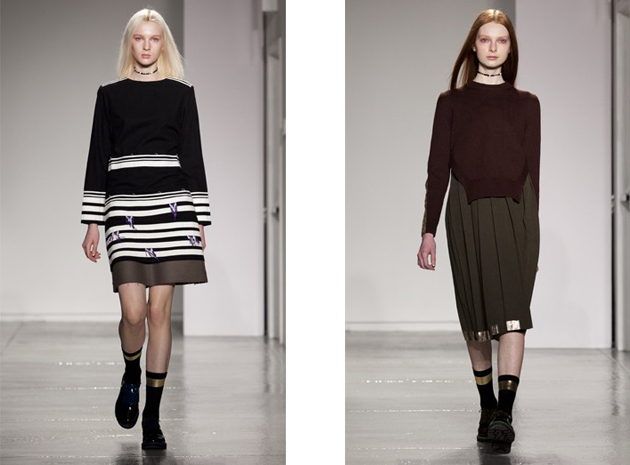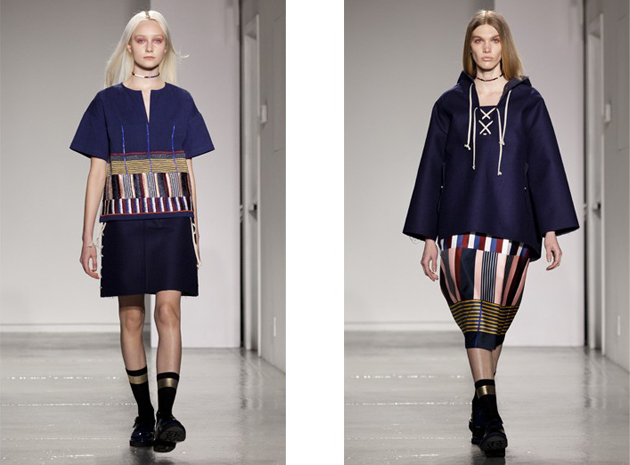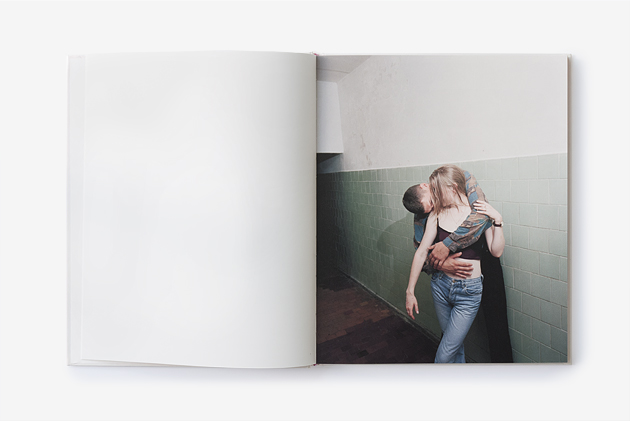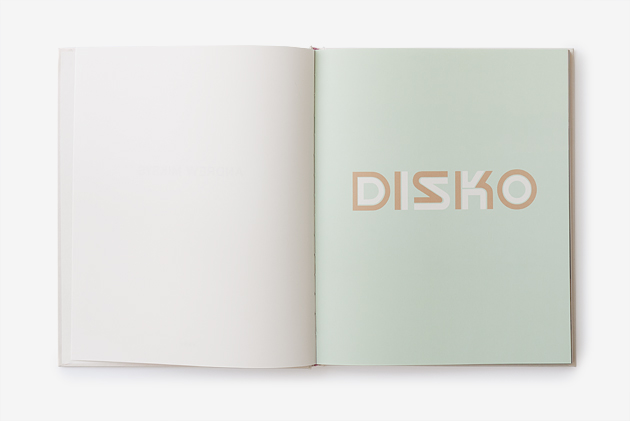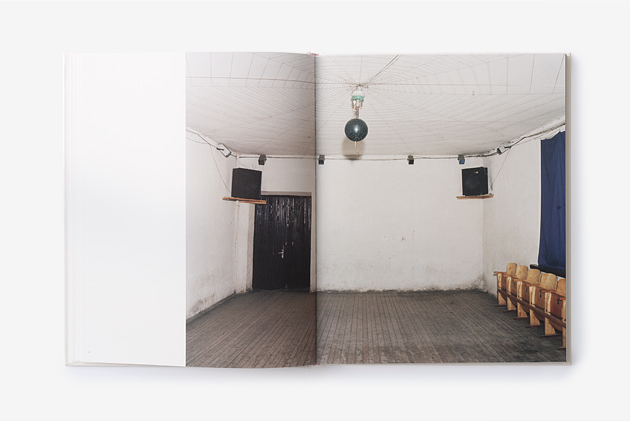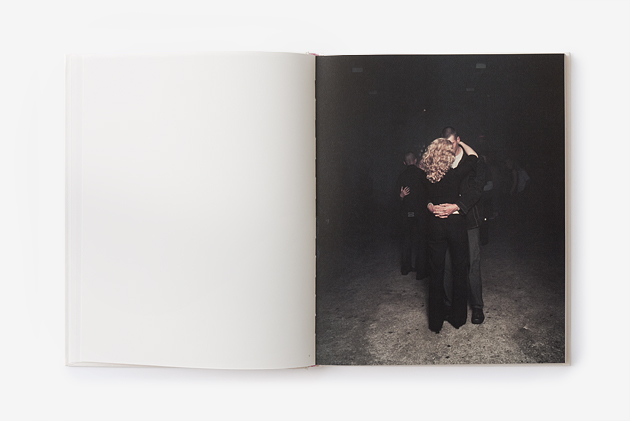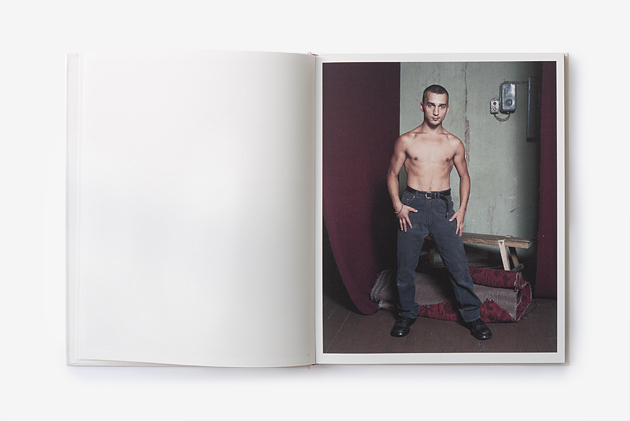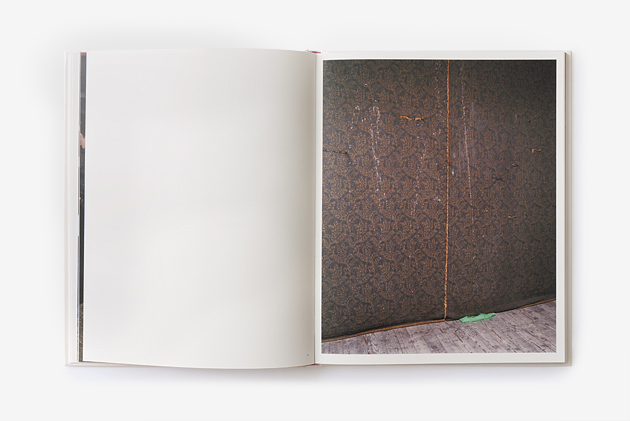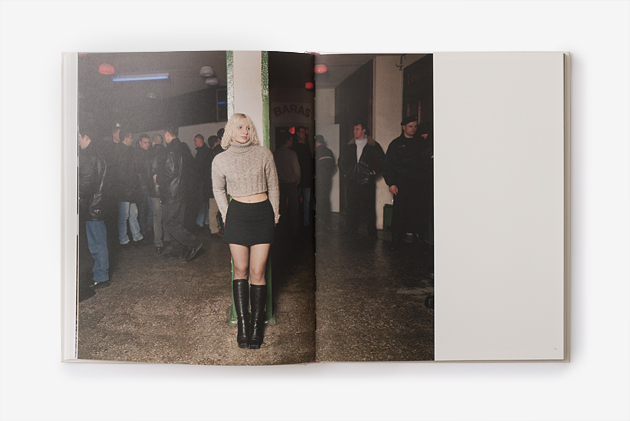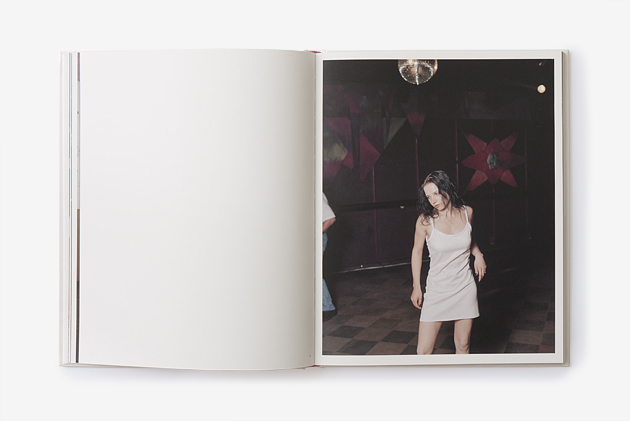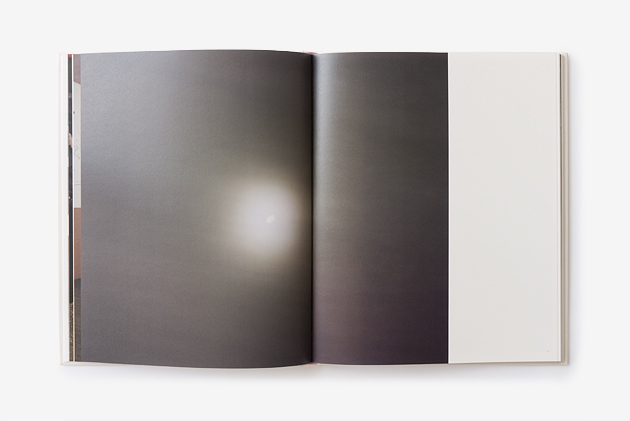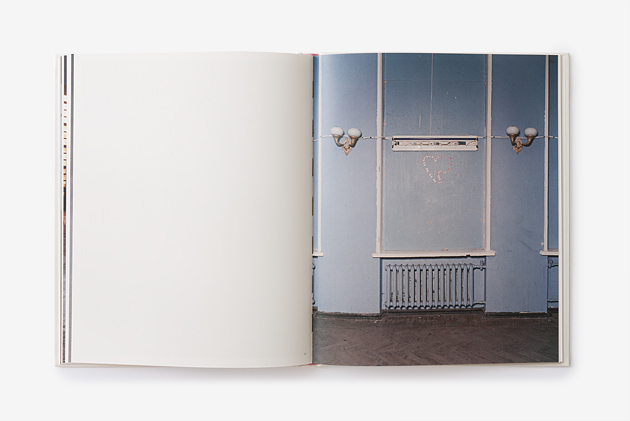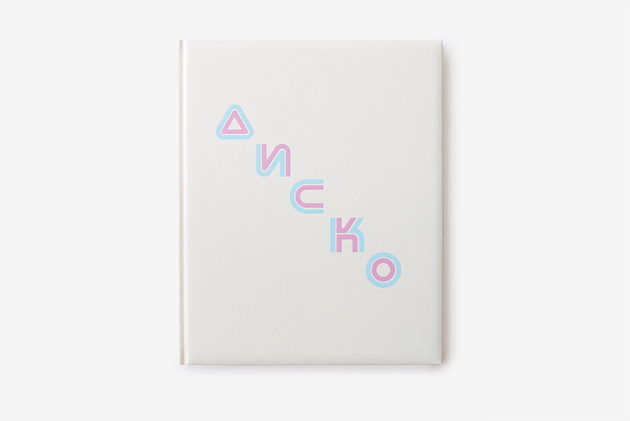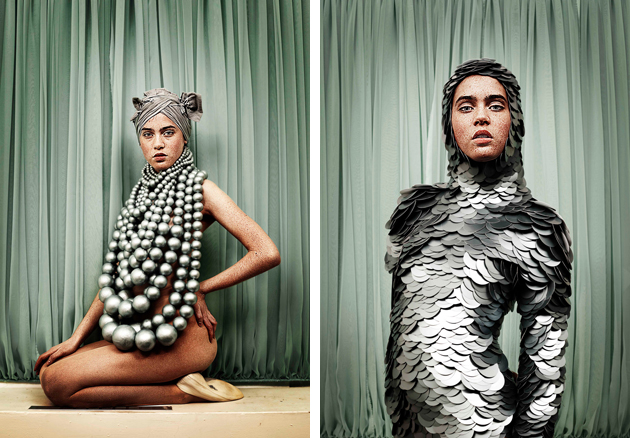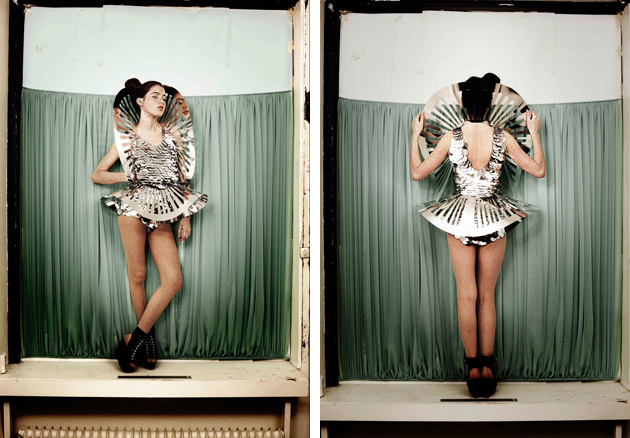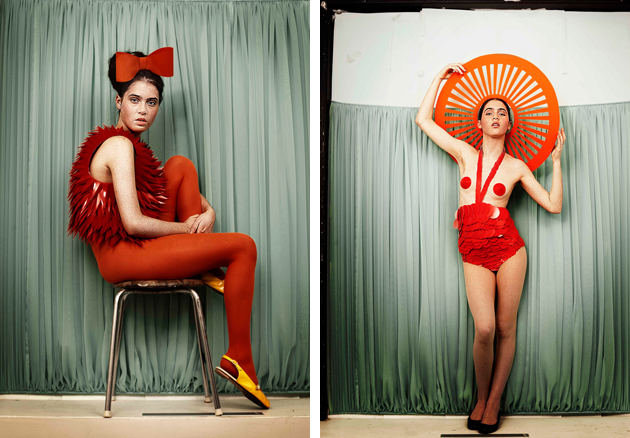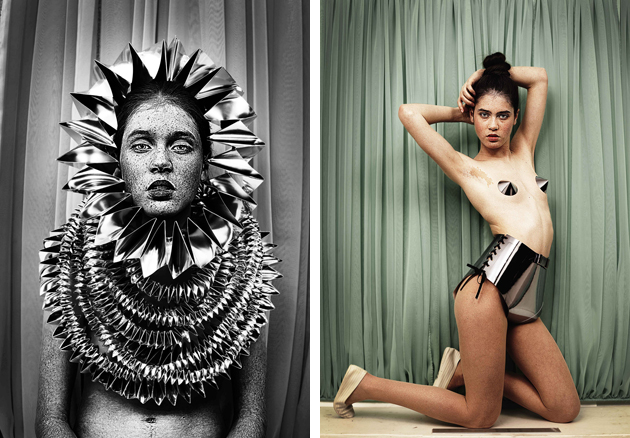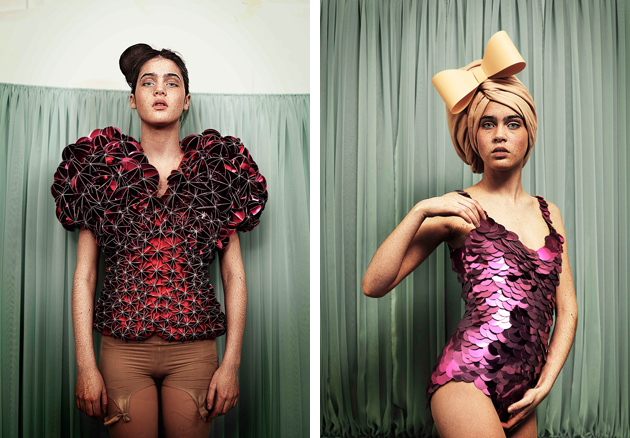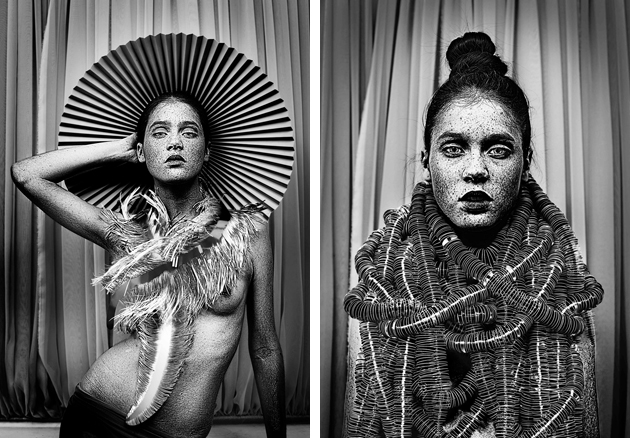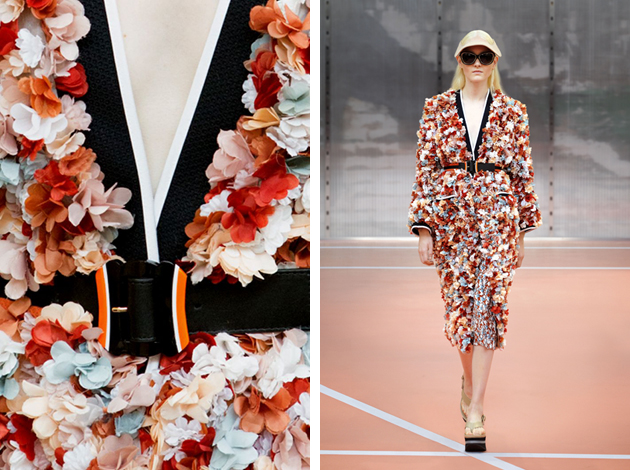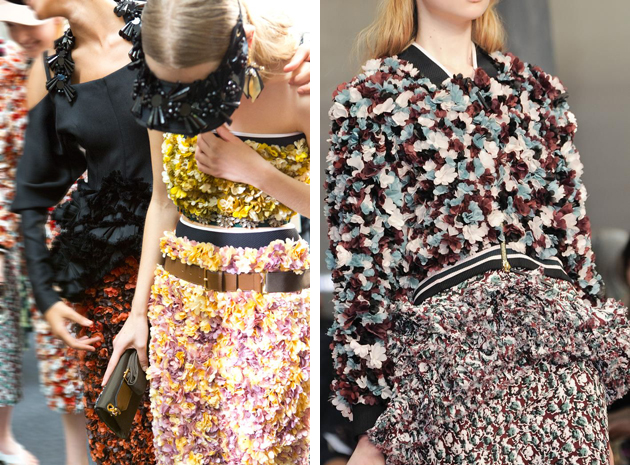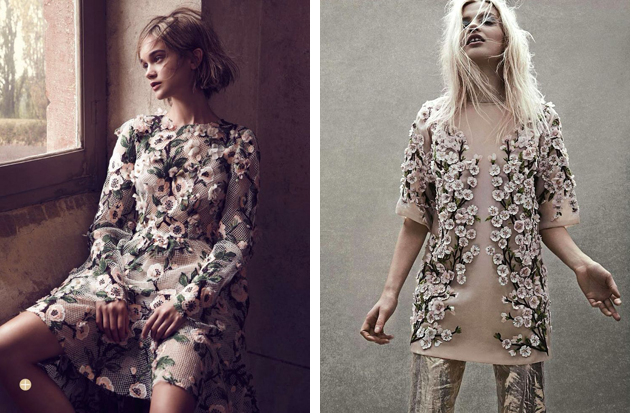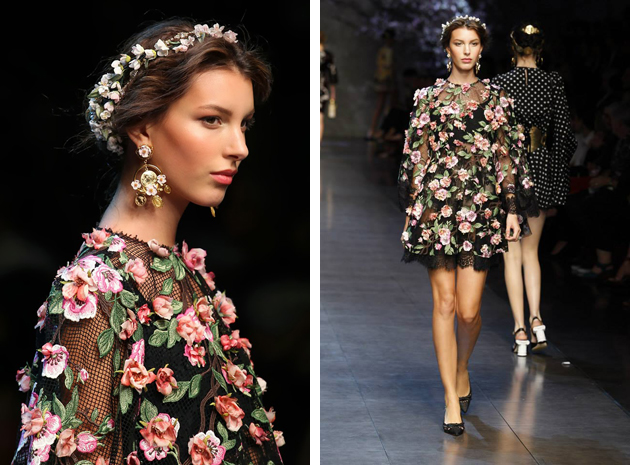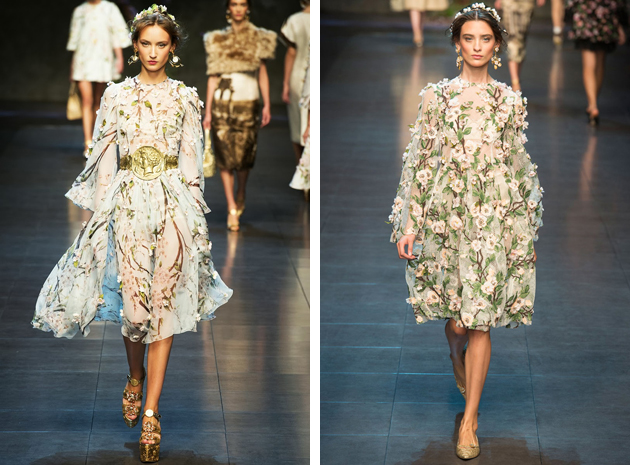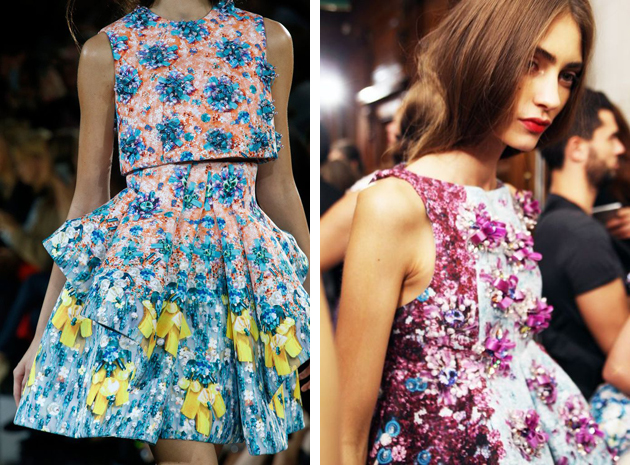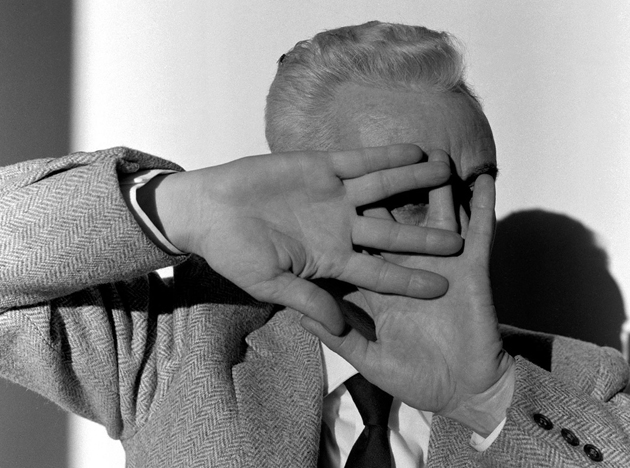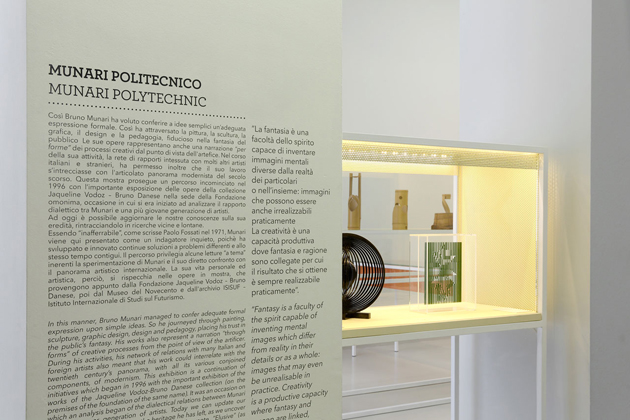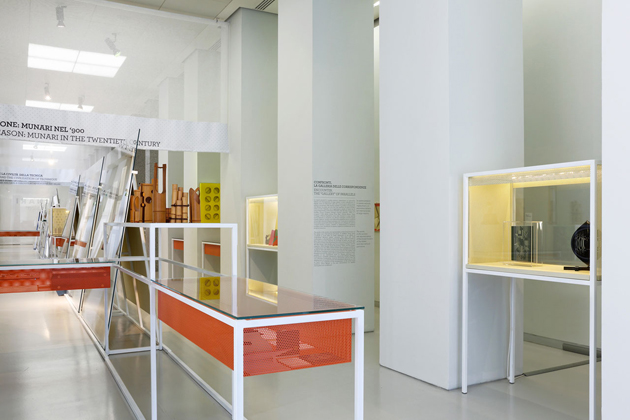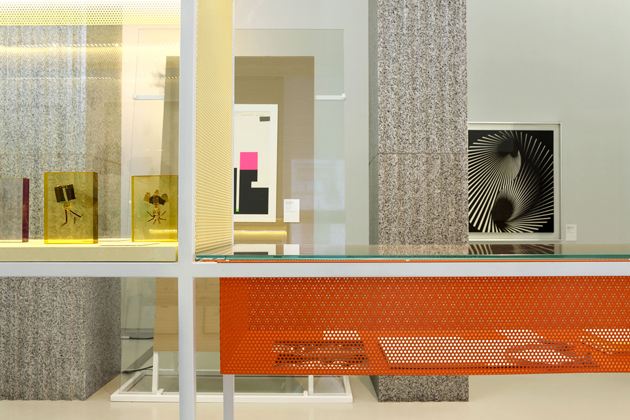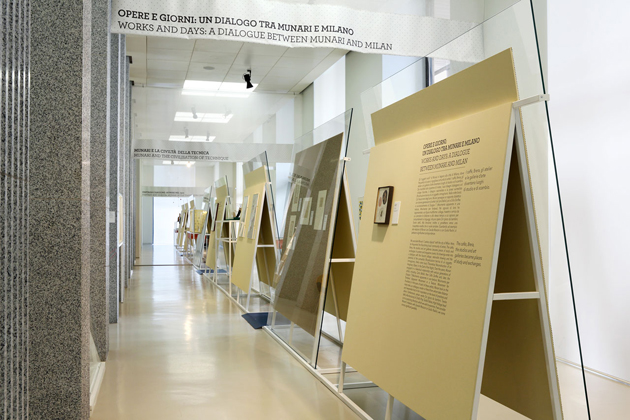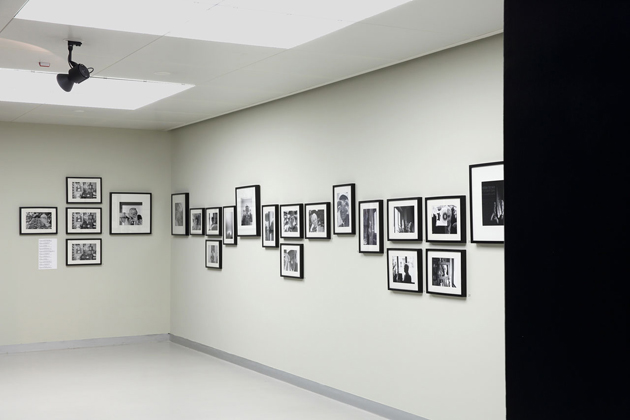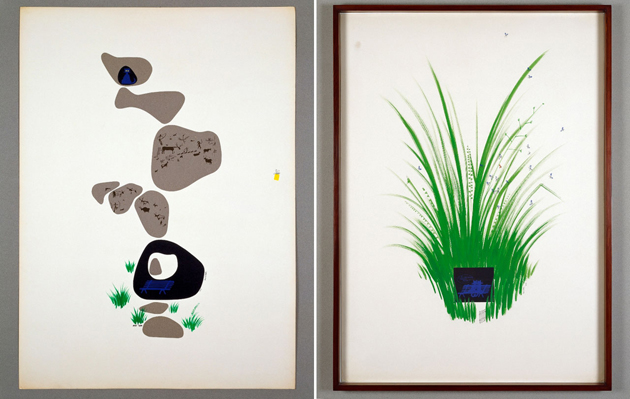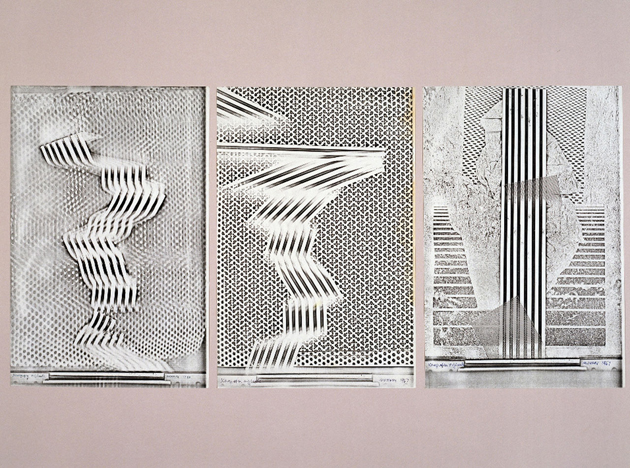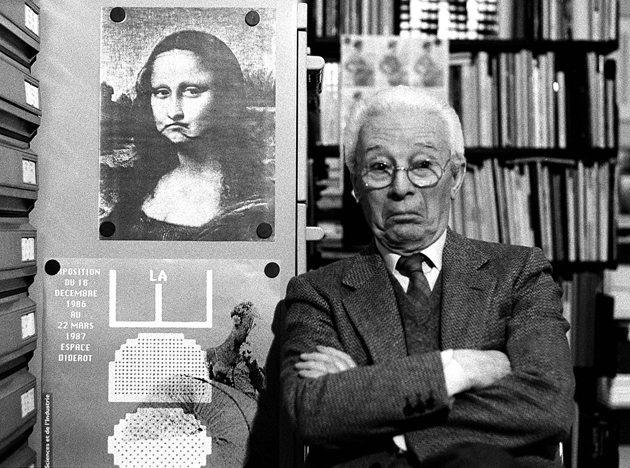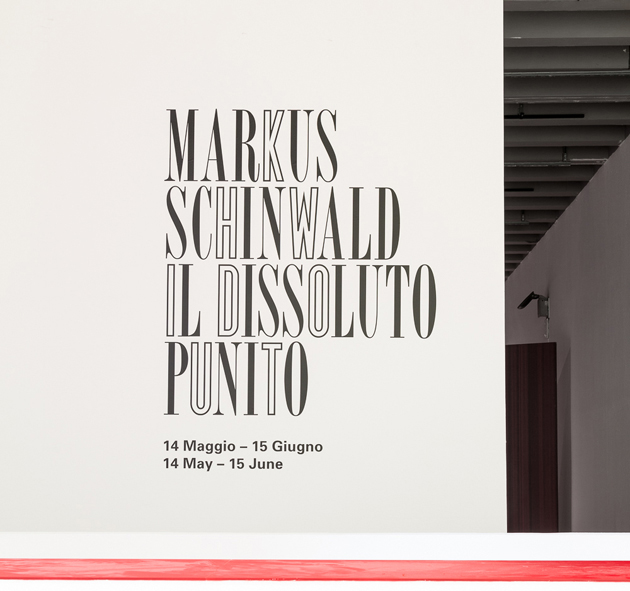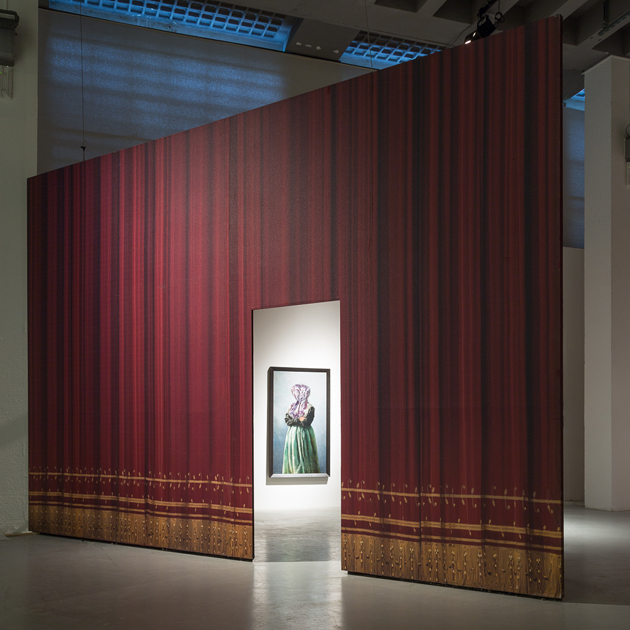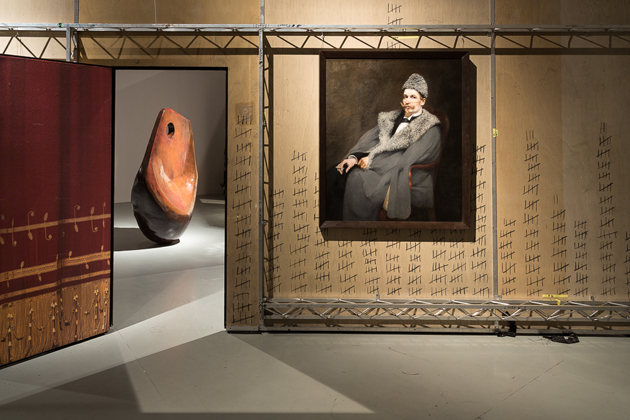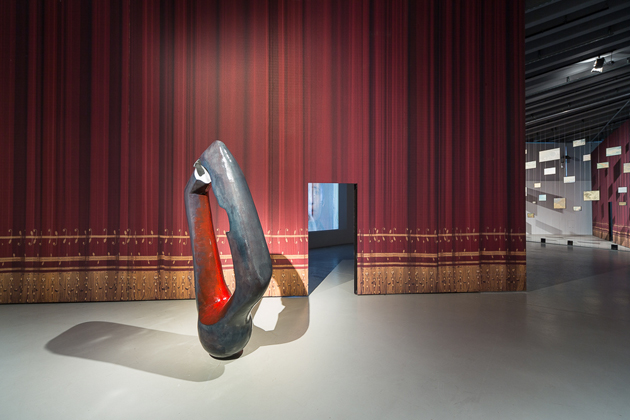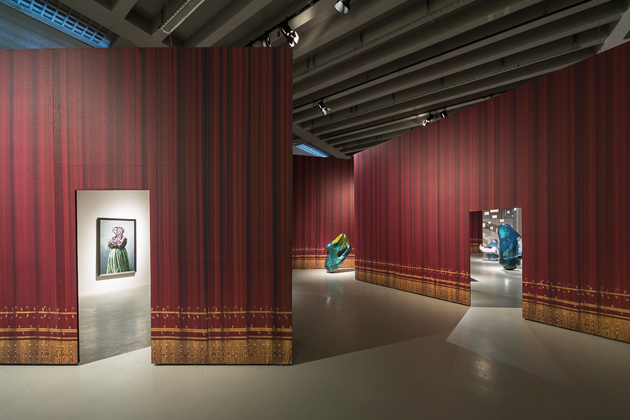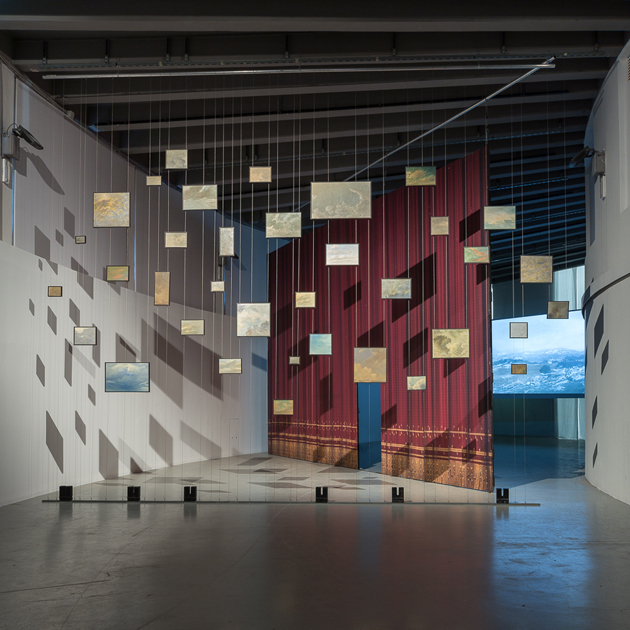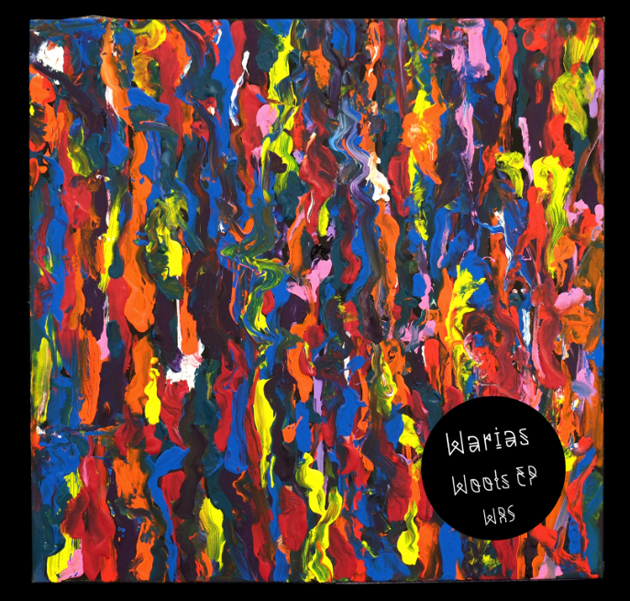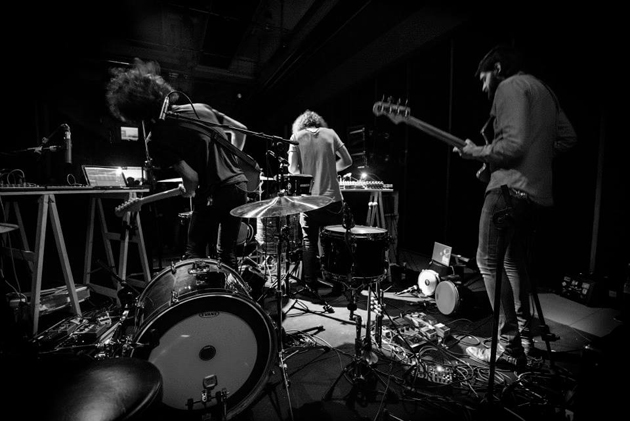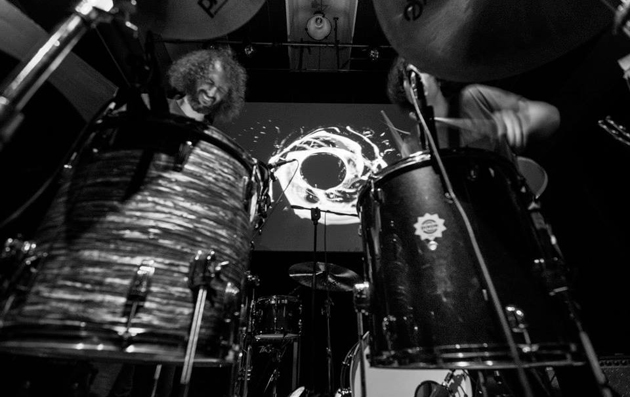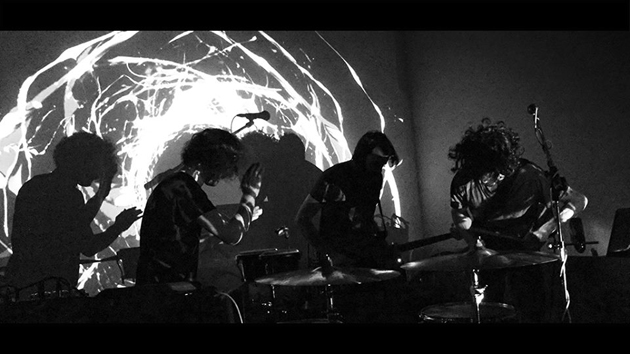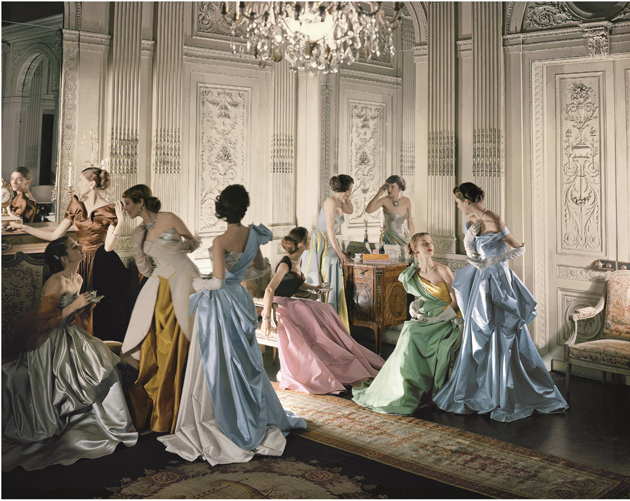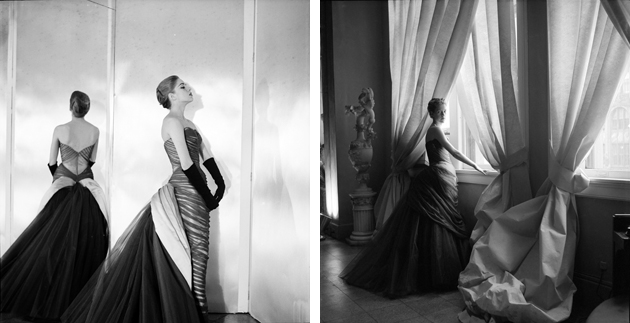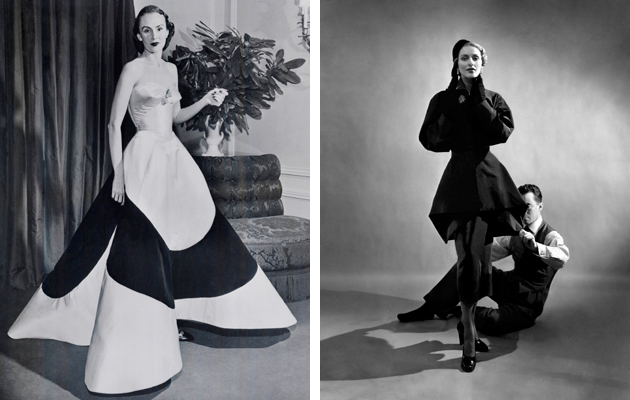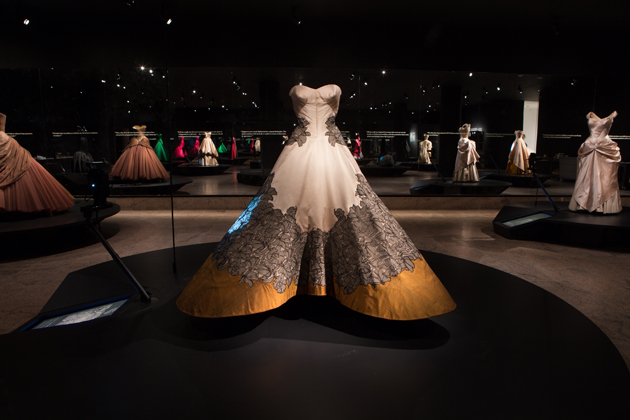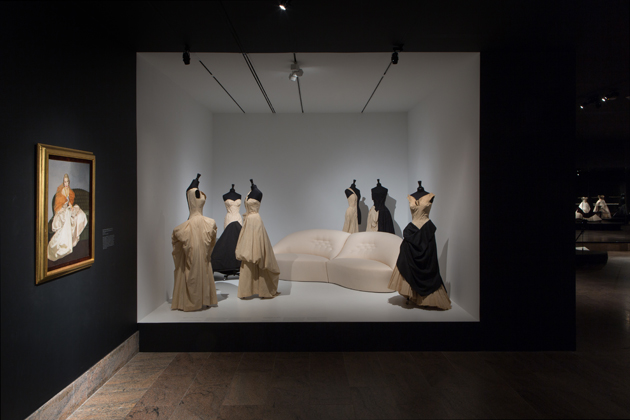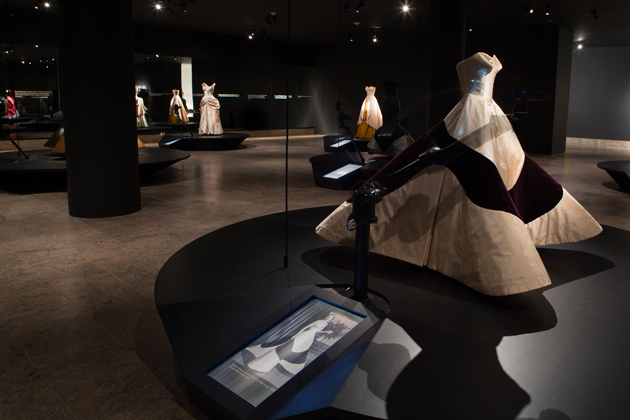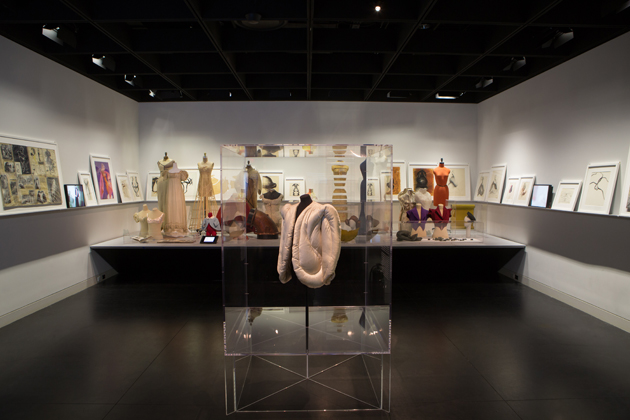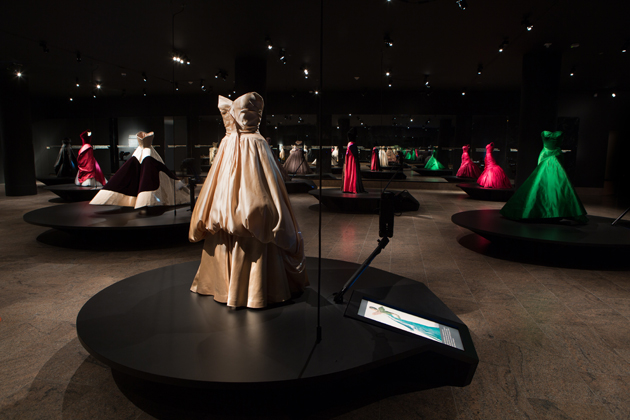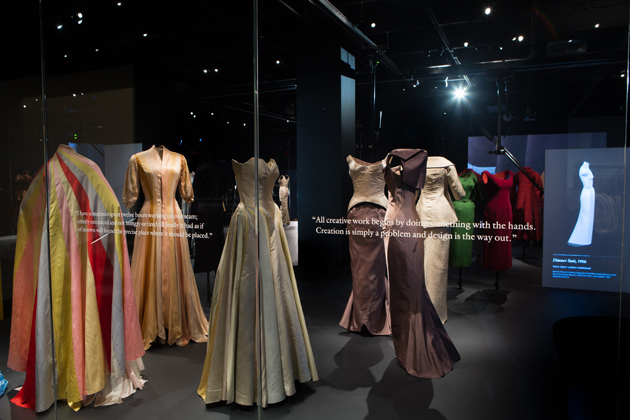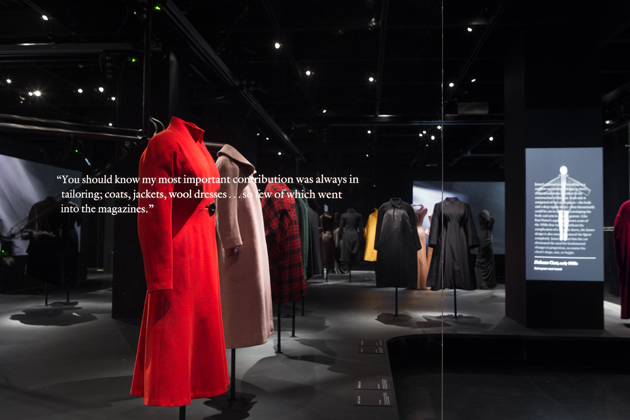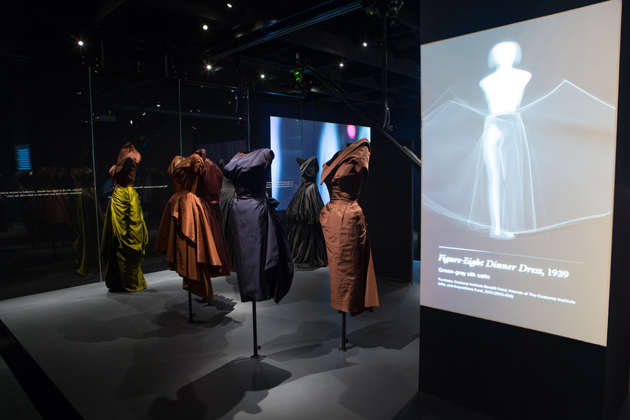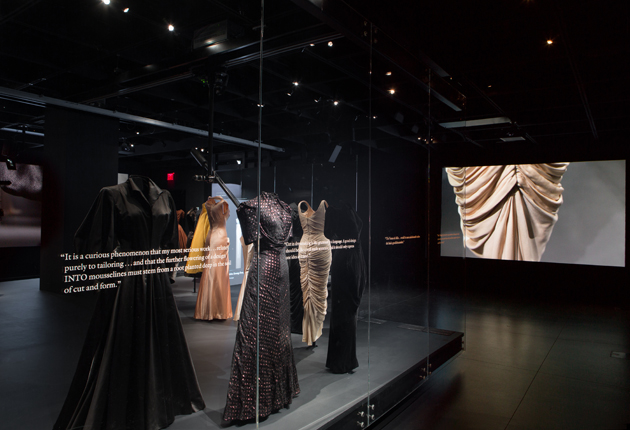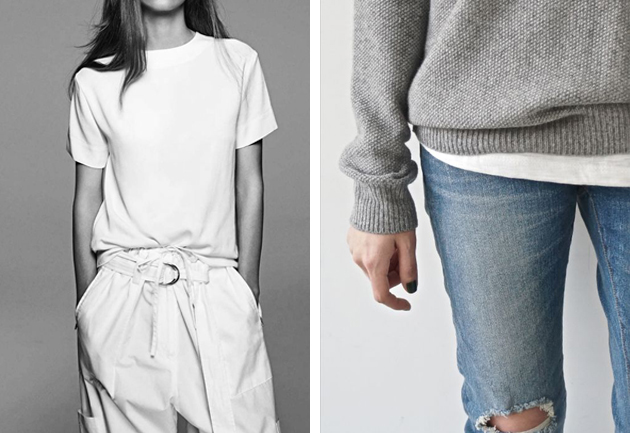
Finally we have come to a point where it is now possible to be in fashion even without being particularly interested in the subject. An old pair of trainers and a simple T-shirt have never been the central pieces of a stylish wardrobe – but the rules of fashion have now changed. Individuality has for a long time played an important role in fashion, with an endless fascination with personal and unique styles. The definition of fashionable has for a long time been almost the same as being individual, but we might have to redefine that definition.
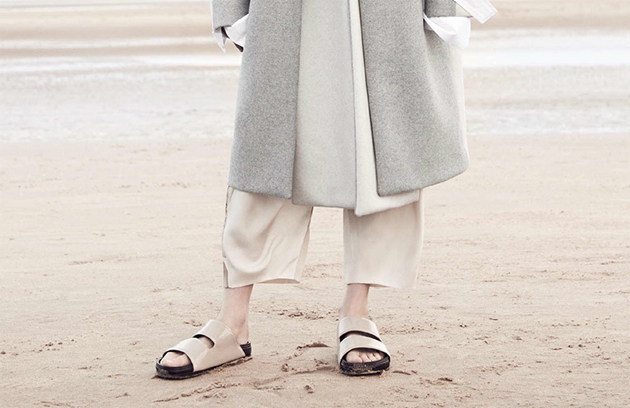
The growing “normcore” trend was first spotted by the New York based trend-forecasting agency K-Hole, which wrote a report on the catchy concept of sameness. They stated that “normcore” leads to belonging and that the idea of conformity is taking precedence over the aspiration of individuality. The trend has grown fast since then, and it exploded on the fashion weeks this spring, with Céline’s launch of the furry ‘furkenstock‘ and Marc Jacobs’ patagonia fleeces.
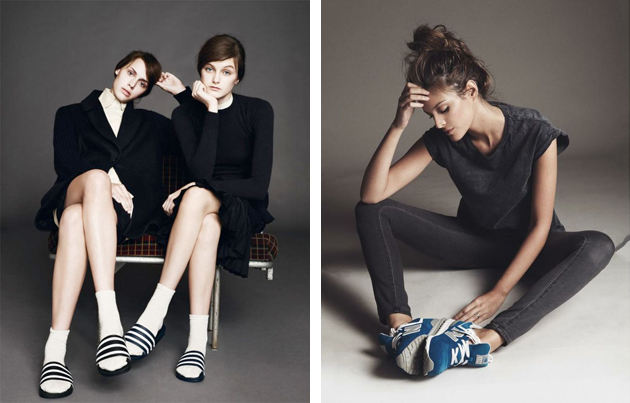
The point with of “normcore” is to wear clothes for comfort rather than style, and the latest trend is therefore summed up as being trundles. The British writer and philosopher Alain de Botton defines “normcore” as the search for the perfect ideal, an ideal which does not have to be upgraded constantly. Therefore, “normcore” might be a reaction to the fast moving fashion and it might also be the result of a desire to let other values, rather than the cloths alone, define who you are. The London based designer, Richard Nicoll is of the same opinion and thinks that “normcore” shows the wearer has other talents and is unique in his or her own way, without needing to show it off.
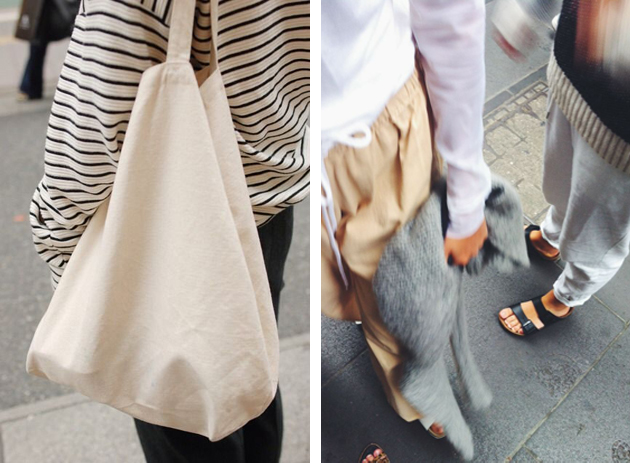
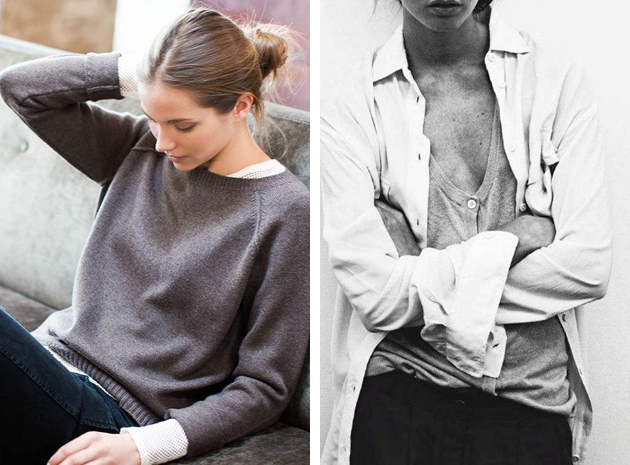
The trend has a lot in common with other subculture-based trends, like the grunge in the 90s, which started as an anti-fashion movement, before it became mainstream following its debut on the catwalks. “Normcore” follows the same pattern. Once it becomes mainstream – everyone will start carefully choosing their clothes with the aim of looking like they do not care, where a simple T-shirt becomes a statement piece, overcoming its original purpose. That is the irony of the anti-fashion: as soon as it spreads it becomes in-fashion. And as every other trend, it will come to an end. But even if it does, “normcore’s” original message offers a case for reflection: giving value to other qualities rather than focussing on who is wearing what.
